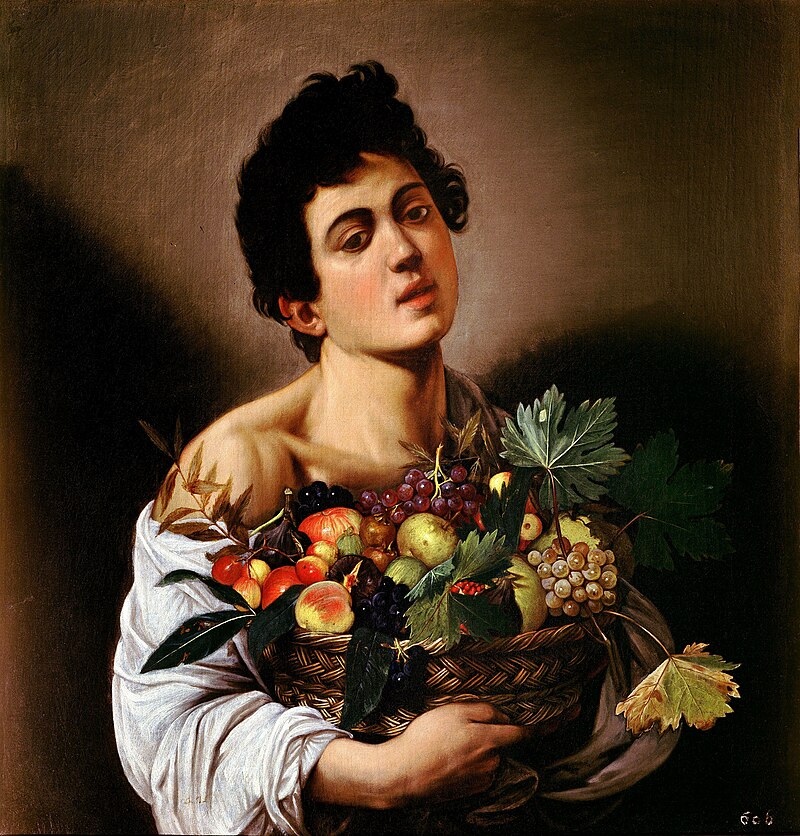November 21, 2017 – February 18, 2018
According
to Timothy Potts, director of the J. Paul Getty Museum, “These three
masterpieces are among Caravaggio’s best-known paintings, and we are
extremely grateful to the Galleria Borghese for sharing them with our
public. Caravaggio’s revolutionary genius made him one of the most
important and beloved figures in European art history. The opportunity
to see three of his most renowned works alongside the exceptional 17th-century Italian masterpieces in our own collection is an event not to be missed.”
One
of the most admired painters in history, Caravaggio developed a boldly
naturalistic style that employed striking theatrical compositions and
emphasized the common humanity of his protagonists. His art was both
widely celebrated and highly controversial among his contemporaries and
remained influential for centuries afterward.
The
three paintings presented in the exhibition exemplify the crucial
stages in Caravaggio’s short but intense career (he died at age 39).


Boy with a Basket of Fruit, about 1593-94. Caravaggio (Italian, 1571-1610). Oil on canvas. Ministero de Beni e delle Attività Culturali e del Turismo–Galleria Borghese.
Boy with a Basket of Fruit (ca.
1593-94) represents the beginning of the artist’s career when he moved
from Lombardy to Rome and first attracted attention as a painter of
realistic genre scenes and still lifes.

Saint Jerome (ca. 1605) portrays the saint as a scholar reading and annotating sacred passages in the dramatically spotlight manner that Caravaggio made famous.

In David with the Head of Goliath (ca. 1610), painted at the end of the artist’s career in his more somber and expressive later style, Caravaggio included his own features in Goliath’s head, purportedly in penance for his having committed a murder in May 1606. All three paintings were acquired by Cardinal Scipione Borghese, a nephew of Pope Paul V, who knew Caravaggio personally and was one of his primary patrons.

Saint Jerome,
about 1605-6. Caravaggio (Italian, 1571-1610). Oil on canvas. Ministero
dei Beni e delle Attività Culturali e del Turismo–Galleria Borghese.
Saint Jerome (ca. 1605) portrays the saint as a scholar reading and annotating sacred passages in the dramatically spotlight manner that Caravaggio made famous.

In David with the Head of Goliath (ca. 1610), painted at the end of the artist’s career in his more somber and expressive later style, Caravaggio included his own features in Goliath’s head, purportedly in penance for his having committed a murder in May 1606. All three paintings were acquired by Cardinal Scipione Borghese, a nephew of Pope Paul V, who knew Caravaggio personally and was one of his primary patrons.
“Caravaggio
continues to exert tremendous influence on art today. His exceptional
combination of truth to life and drama, and that famous chiaroscuro,
gave birth not only to a new style of painting, but also inspired
generations of painters with his psychological naturalism,” said Davide
Gasparotto, senior curator of paintings at the Getty Museum. “These rare
loans are prime examples of Caravaggio’s exceptional talent and
innovation.”
The
exhibition at the Getty Museum is the first part of an international
exhibition program on Caravaggio aimed at promoting the Caravaggio
Research Institute, an international research project on the artist,
conceived by Anna Coliva, director of the Galleria Borghese and
supported by the Roman House FENDI through a three-year partnership with
the Roman museum.
The Galleria Borghese preserves the collection assembled by Cardinal Scipione Caffarelli Borghese (1577-1633), considered the most beautiful collection in the world.
The extraordinary Villa that houses the museum itself is an embodiment
of the history and development of Italian collecting between the 17th-
and 19th- centuries. The artworks are still housed in the place that was
planned and created for it, in a kind of dream of a museum ante litteram, integrated with its decoration involving marbles, inlays, mosaics, stuccowork, and insertions of antiquity.
The
Museum’s mission is to preserve, promote and study the Collection,
enhancing research and cultural development within the national and
international community.